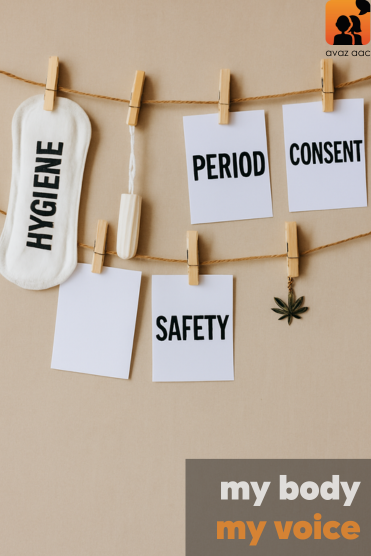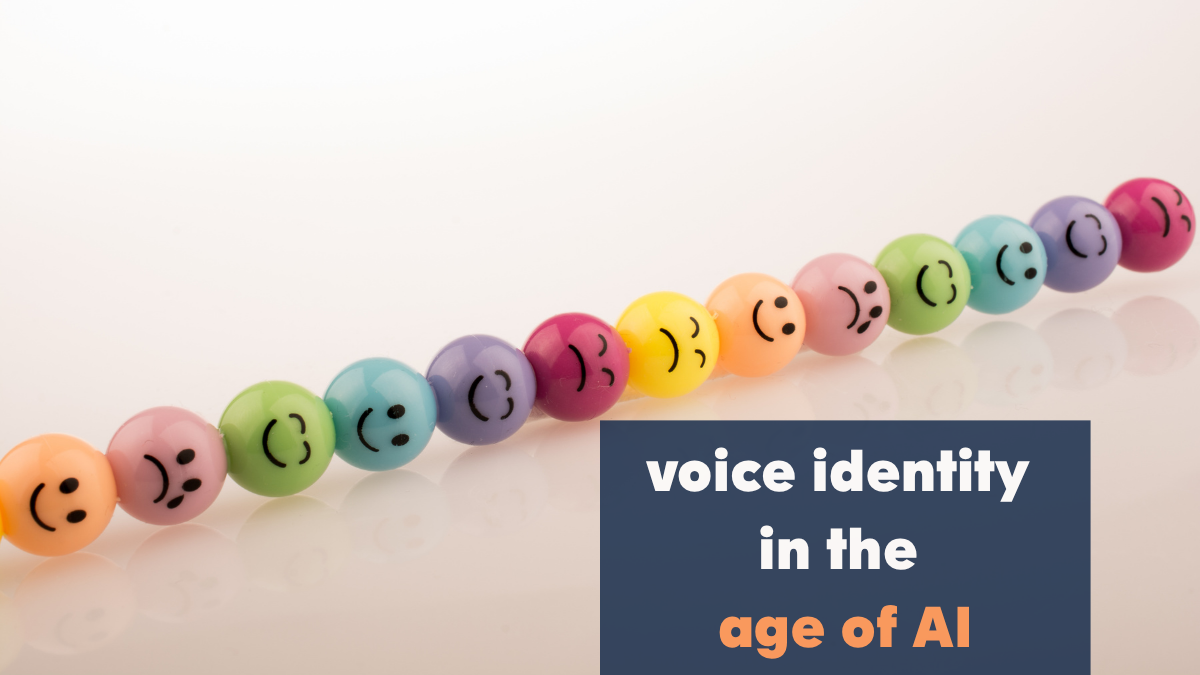Supporting Sensitive Conversations Through AAC
For individuals who use AAC, some of the most personal topics – periods, privacy, and protection are often the most difficult to talk about. Not because they’re unimportant, but because they’re uncomfortable to program, hard to standardize, and not widely discussed.
But what if we changed that?
What if communication around bodily autonomy and safety wasn’t the exception but the norm?


Why These Topics Belong in AAC
Everyone has a right to talk about their body, their comfort, and their boundaries. For AAC users, that right depends entirely on the vocabulary available to them.
Without the right words, individuals may struggle to:
- Express pain or discomfort during menstruation
- Request help managing hygiene or clothing
- Report an unsafe or inappropriate touch
- Set boundaries around who can assist with personal care
- Ask for privacy in situations that feel overwhelming or vulnerable
When these words aren’t offered, individuals are left without language for some of their most fundamental needs.
Creating a Starting Point for Empowered Expression
At Avaz, we’ve built dedicated topic-based vocabulary sets for:
Menstruation – Words and phrases for pain, hygiene, feelings, and support
Safe/Unsafe Touch – Terms for body parts, consent, boundaries, and getting help
These pagesets are designed to serve as starting points, offering a structured, symbol-supported way to begin difficult conversations. They allow users to:
- Say “I have cramps” or “I need a pad” with clarity
- Use words like “private parts” or “don’t touch me” with confidence
- Request help from a trusted adult
- Talk about their experiences with emotional support built in
It’s a powerful shift from silence to self-advocacy.
Personalizing and Expanding the Conversation
While Avaz’s topic-based pagesets offer a strong foundation, every communicator is different. Their preferences, cultural background, and support needs vary, and that’s where you come in.
As a caregiver, educator, or therapist, you’re already making choices:
- What words to include
- How to phrase them
- What tone feels right
- How to teach and reinforce vocabulary
But building personalized vocabulary for sensitive topics can feel overwhelming.
That’s where AI becomes a helpful assistant, not to take over, but to help you do what you already do, faster and with more options.
Here’s how:
1. You want to expand a menstruation vocabulary set to fit a teenager’s comfort level
Use AI to:
- Generate alternatives like “I need a pad,” “I’m bleeding,” or “I feel crampy”
- Choose what feels age-appropriate and culturally comfortable
- Offer multiple tones (e.g., direct, euphemistic, casual)
2. You want to make vocabulary feel culturally appropriate and respectful
Use AI to:
- Generate multiple phrasings for the same concept (e.g., “period,” “monthly,” “time of the month”)
- Offer gentle or indirect language if direct terms feel uncomfortable
- Reflect cultural norms or family-preferred expressions
- Give you options to review and adapt without having to start from scratch
3. You want to introduce safety vocabulary through routines or stories
Use AI to:
- Write short social scripts like “What to say if I feel uncomfortable”
- Customize by classroom setting, routine, or even caregiver roles
- Make role-play materials or simple comic-style conversations
From Vocabulary to Voice
Building vocabulary isn’t just about adding words, it’s about giving users access to power, safety, and autonomy. Whether it’s saying “I’m not comfortable” or “I need help changing,” these words support
- Bodily autonomy
- Dignified care
- Protection from abuse
- Expression of feelings during sensitive moments
And the more tools we have to support those conversations, the better.



